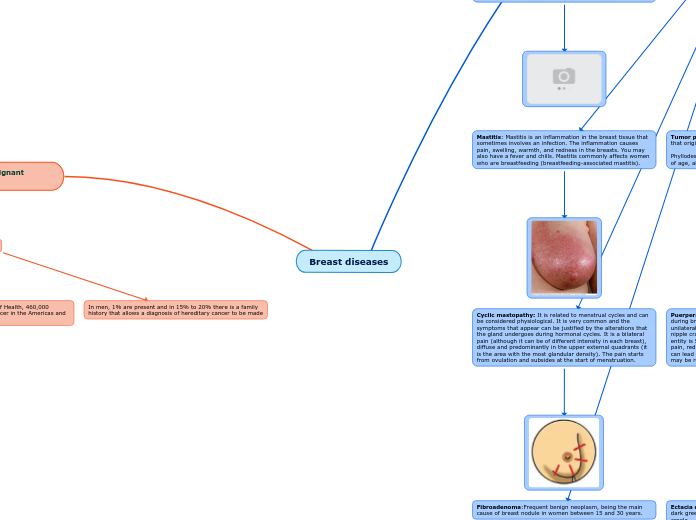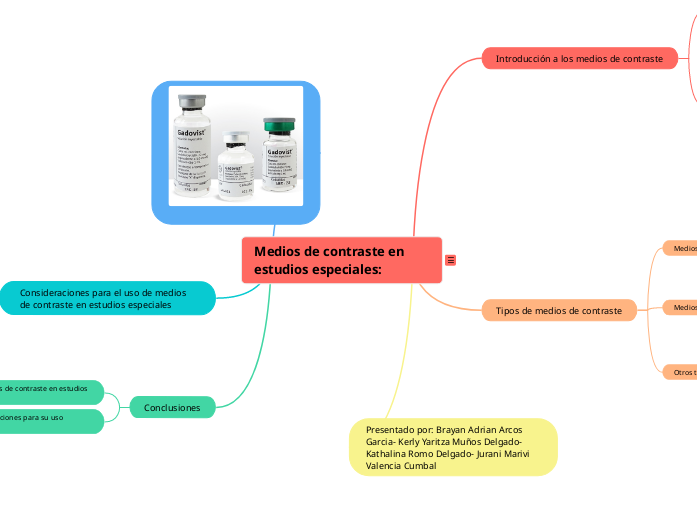arabera Gabriela Lozano 4 years ago
656
Breast diseases
Breast diseases can be categorized into benign and malignant forms, both of which have significant epidemiological impacts. Malignant breast diseases, such as invasive breast cancer and carcinoma lobulillar '









